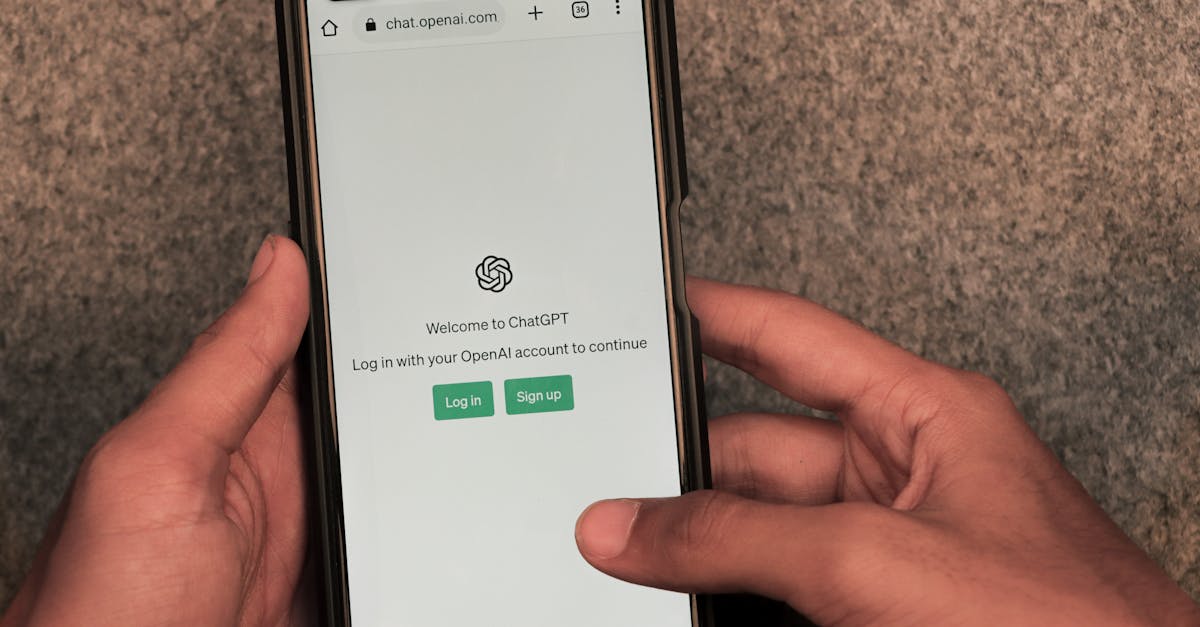Understanding ChatGPT: A Parent’s Guide
Artificial Intelligence, or AI, is making its way into classrooms, and one exciting tool is ChatGPT. Parents might wonder what this tech marvel can do. Simply put, ChatGPT is a clever computer program that can chat with kids in a very human-like way. Using tons of language data, it helps kids learn by answering questions, offering explanations, and even sparking new ideas. Imagine having a knowledgeable friend who’s always ready to help with homework. Sounds exciting, right?


Parents, with ChatGPT in the educational toolbox, children can engage in fun and interactive learning experiences. This AI companion can assist with a wide range of topics and provide valuable insights. As a parent, you can feel assured that your child is receiving personalized support in their educational journey.
How ChatGPT Helps Kids Learn
At first glance, ChatGPT might seem intimidating, but it’s designed to be user-friendly. For example, if your child asks ChatGPT about the solar system, it can provide a detailed, easy-to-understand explanation instantly. This immediate feedback can boost curiosity and enhance learning. Moreover, ChatGPT can adapt to individual learning styles, offering personalized educational experiences. Whether it’s refining writing skills, solving math problems, or exploring science projects, ChatGPT is a versatile tool that complements traditional teaching methods.


Image source: Pexels.com
Addressing Emotional Concerns
Introducing AI into education can bring up mixed feelings. As parents, it’s natural to worry about screen time and potential over-reliance on technology. Emotional concerns are valid, especially when balancing tech use with personal interactions. It’s important to remind ourselves that AI like ChatGPT is just a tool – a very smart one, but still a tool. The goal is to use it to enhance, not replace, human teaching. Encourage your child to see ChatGPT as an assistant that can help them explore and understand the world more deeply, but not as a substitute for teachers or family interactions.
- AI in education evokes mixed feelings
- Balance tech use with personal interactions
- AI should enhance, not replace, human teaching
- Encourage children to view AI as an assistant, not a substitute
Practical Tips for Parents
As you consider integrating ChatGPT into your child’s routine, here are some practical tips.
- Set Clear Usage Guidelines: Decide on the time and subjects for using ChatGPT, ensuring it complements other study methods.
- Engage in Conversation: Discuss with your child about their ChatGPT interactions. Talk about what they’ve learned and how they feel about it. These conversations can lead to richer learning experiences and mitigate concerns about excessive screen time.
- Explore ChatGPT Yourself: Familiarize yourself with the tool. This can help you guide your child more effectively and leverage its full potential.
By following these tips, you can make the most out of ChatGPT for your child’s learning journey. Embracing this technology thoughtfully can enhance educational experiences and strengthen the parent-child bond.
Join the Conversation
We’d love to hear your thoughts on ChatGPT in the classroom. Have you tried it with your child? What are your experiences or concerns? Sharing your stories can help others in our parent community navigate this new educational landscape. Leave your comments below and let’s start a conversation. Remember, while technology keeps evolving, our shared goal remains the same: helping our children learn better and grow with confidence.
Feel free to share your insights and be a part of our educational community.


